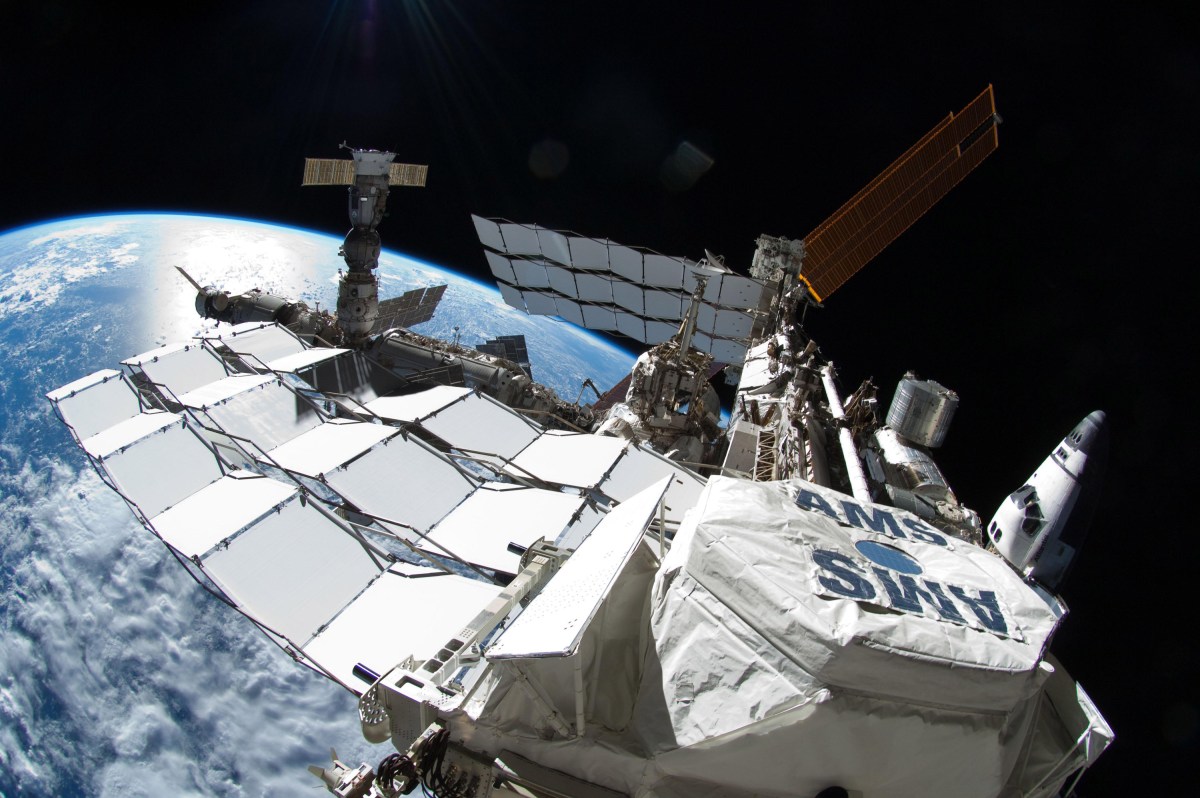The prospect of satellite-repair robots could have major implications for the health and lifespan of the critical devices that orbit the Earth. But to critics, such robots could also have ominous implications for each country’s ability to protect and defend their space infrastructure. A new article in Wired dives into the debate, just as NASA and DARPA attempt to make satellites last longer.
One major flaw of satellites is that they are almost impossible to repair—and incredibly expensive to fix—once they reach Earth’s orbit. But a service robot could change that calculus, making it more accessible and affordable to hack into the existing satellite to mend the problem. But the notion of creating a fleet of artificially intelligent repair bots has sparked fears that they could be weaponized by opposing governments to destroy satellites.
While NASA plans to launch an initial batch of service robot prototypes at some point in the mid-2020s, in 2021 DARPA will launch its own satellite repair bots, which have been built and operated by a private company. That company, SSL, has visions beyond simple repair, as executives have talked about using such robots for gas re-fuels and assembling machines in outer space. The future of space robots is murky, and not without substantial risk.
Thanks for reading InsideHook. Sign up for our daily newsletter and be in the know.


















